 Belgium is a mecca of sorts for beer enthusiasts, and rightfully so. The countryside of this small European nation is dotted with breweries whose traditions go back hundreds of years. They’re producing styles of beers such as wild and funky lambics, seasonal farmhouse saison beers, and strong ales made in monasteries. Poland is currently the third biggest producer of beer after Germany and the UK, with the third biggest consumers of beer after Germany and the Czech Republic. Established in 1998, D&V International imports specialty beers from Belgium and Poland — from authentic abbey ales, abbey-style ales, artisanal ales, and traditional Belgian lambics. At 5 p.m. today, Rob Lund, regional manager at D&V International, will pour a few of his portfolio favorites, including Duchesse de Bourgogne, at Peaks & Pints. In celebration of his visit, we offer an all-day flight of five D&V beers — a flight we’re calling Peaks and Pints Beer Flight: D&V International.
Belgium is a mecca of sorts for beer enthusiasts, and rightfully so. The countryside of this small European nation is dotted with breweries whose traditions go back hundreds of years. They’re producing styles of beers such as wild and funky lambics, seasonal farmhouse saison beers, and strong ales made in monasteries. Poland is currently the third biggest producer of beer after Germany and the UK, with the third biggest consumers of beer after Germany and the Czech Republic. Established in 1998, D&V International imports specialty beers from Belgium and Poland — from authentic abbey ales, abbey-style ales, artisanal ales, and traditional Belgian lambics. At 5 p.m. today, Rob Lund, regional manager at D&V International, will pour a few of his portfolio favorites, including Duchesse de Bourgogne, at Peaks & Pints. In celebration of his visit, we offer an all-day flight of five D&V beers — a flight we’re calling Peaks and Pints Beer Flight: D&V International.
Peaks and Pints Beer Flight: D&V International
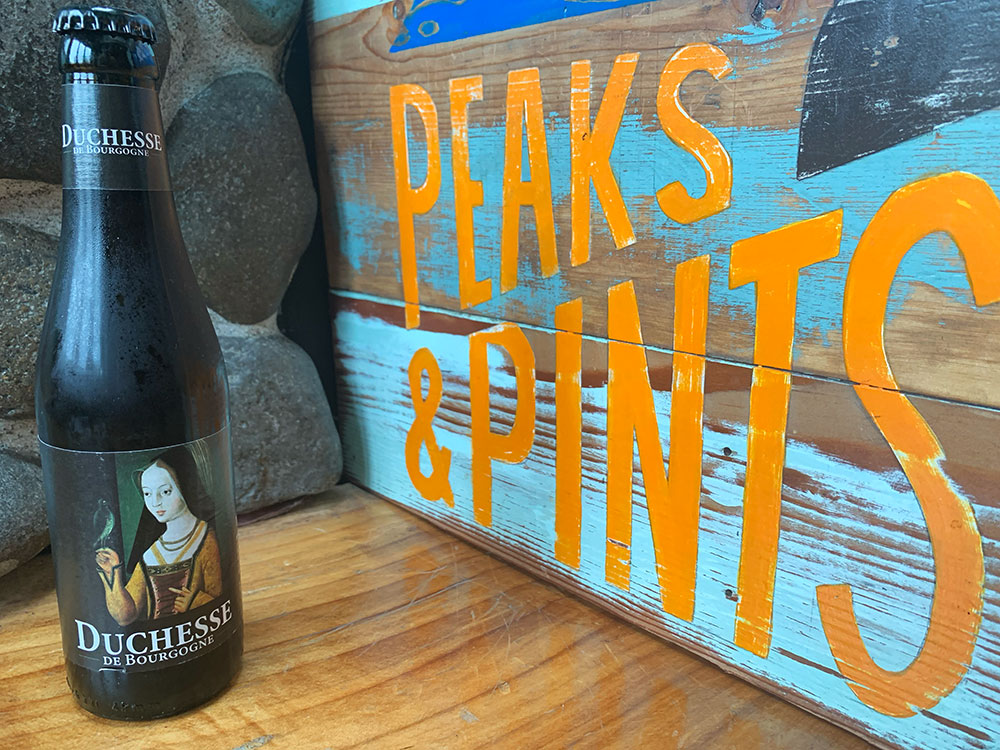 Verhaeghe Duchesse de Bourgogne
Verhaeghe Duchesse de Bourgogne
6.2% ABV
Originally from Belgium’s Flanders region, Flanders red, also known as the Burgundies of Belgium, won’t destroy your cheeks like other sour beers from the country. This beer is brewed using large amounts of Munich and caramel malts with traditional brewing methods. The beer is then aged in large wooden barrels, vats, and foeders, then is inoculated with wild yeast and lactic acid-producing bacteria. The most important is the tradition of aging the red ales in huge vats of unlined oak. The wood, which cannot be sterilized, is home to dozens of wild yeast and bacterial strains that consume the residual sugars in the beer. Brewed by Belgian Brouwerij Verhaeghe, Duchesse de Bourgogne is a Flanders red ale, a blend of 8-month-old and 18-month-old ales, in this case. As with all red ales, the drink gets its characteristic sour and tart quality from lactic acid, while aging in oak barrels imparts a deeper body. The drink is named for Duchess Mary of Burgundy, a filthy-rich medieval heiress who suffered an unfortunate (and deadly) fall from her horse — it happens. This ruby-hued sipper boasts notes of tart plums, black cherries, and that funky, yeasty finish every sour fan demands.
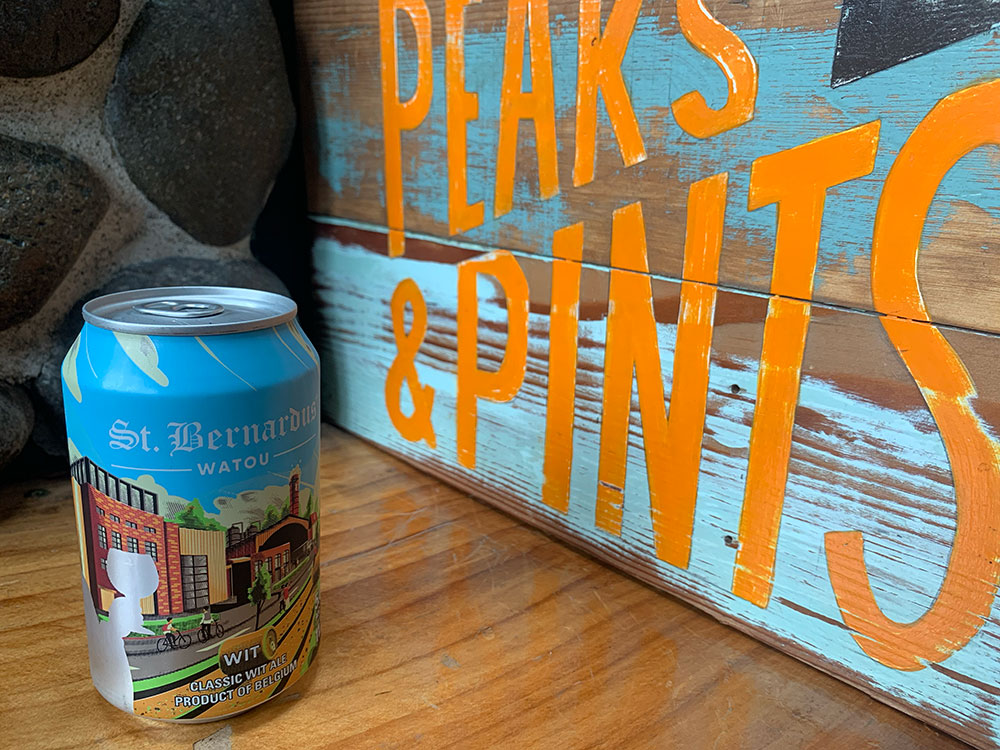 St. Bernardus Wit
St. Bernardus Wit
5.5% ABV, 10 IBU
St. Bernardus Wit is a traditional Belgian white beer developed and brewed in collaboration with the legendary Master Brewer Pierre Celis, the Godfather of Hoegaarden and Celis White. A witbier or Belgian wit (white) beer is commonly made with pale barley and unmalted wheat, sometime oats, and in the case of St. Bernardus Wit, a second fermentation in the bottle. This wheat beer is famed for its zesty tastes of coriander and orange, with background touches of spicy cloves, fragrant with fruit and citrus. These zingy herbs combine with the creaminess of the wheat to produce a beer that is well balanced. The mild mouth feel produces a lovely interaction between the sweet malty taste and the refreshing touches of acid to produce a feeling of freshness overall.
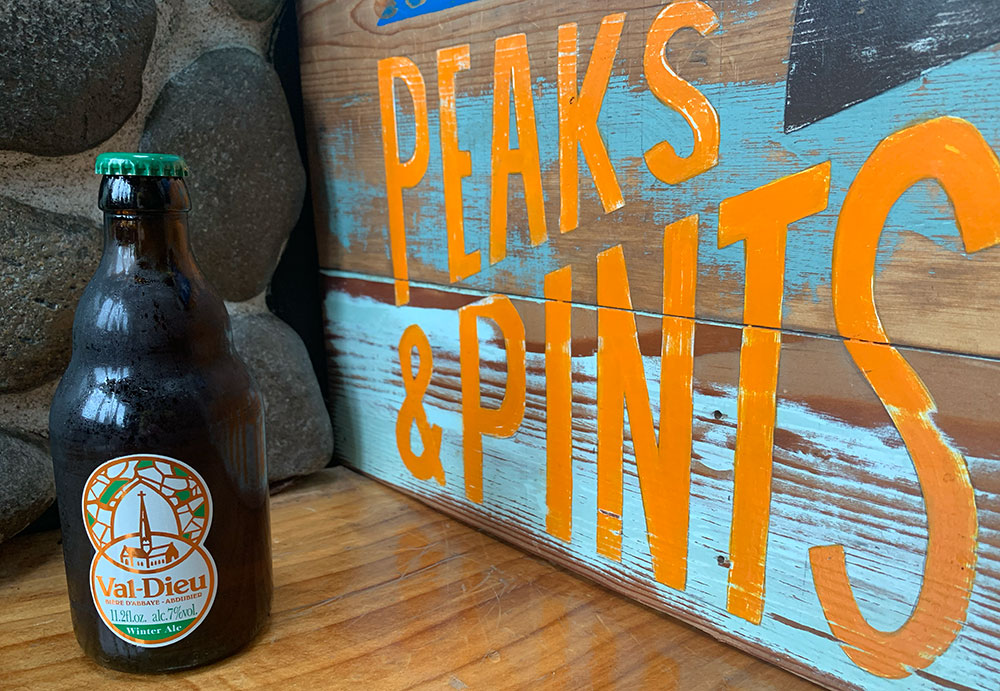 Val-Dieu Winter Ale
Val-Dieu Winter Ale
7% ABV
Built in 1216 by Cistercian monks from the Dutch village of Hocht, on northeastern Belgian lands donated by the Duke of Limburg and the Count of Dalhem, The Abbey of Val-Dieu’s brewing activity has been curtailed by fire and the Napoleonic revolution. The monks managed to transform the inhospitable Devil’s Valley of the river Berwinne into fertile arable land, naming it the Valley of the Gods, or Val-Dieu. The Winter Ale, one of five traditional beers brewed at The Abbey of Val-Dieu, is brewed with an old mushroom-derived yeast strain, expect notes of banana and hints of clove and caramel.
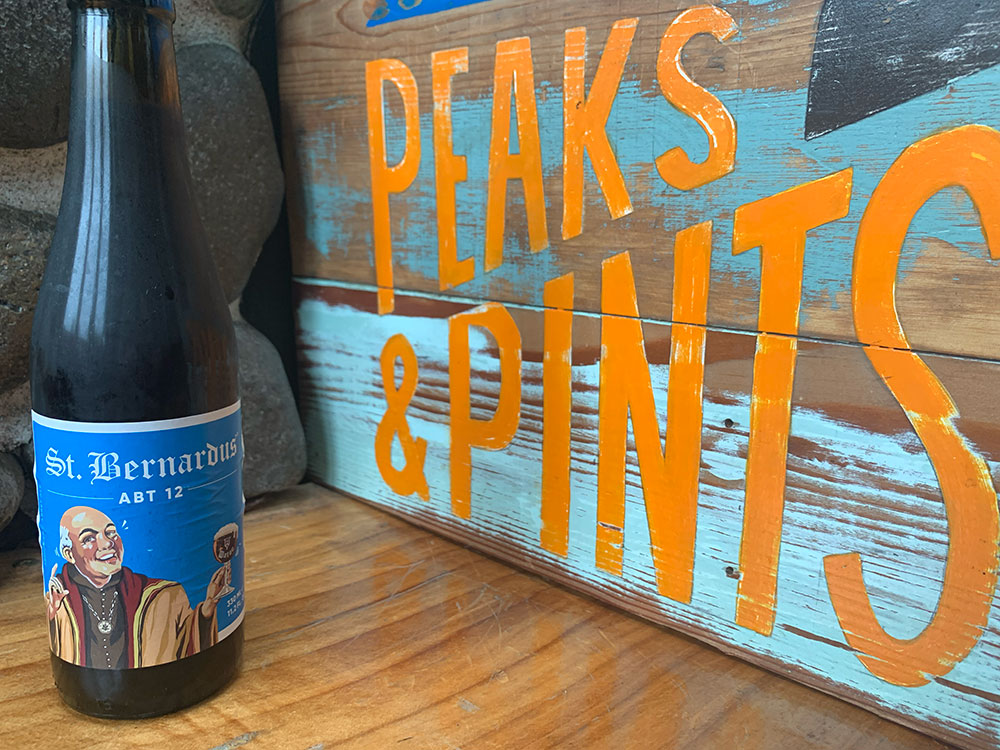 St. Bernardus Abt 12
St. Bernardus Abt 12
10.5% ABV
The Abt 12 is a classic Belgian dark quadrupel brewed since 1946, on the basis of the original recipe compiled by the Westvleteren monks. The Abt, or Abbot, is the highest-ranking monk in the abbey; so perhaps it’s no surprise that the brewery sees the Abt 12 as the highest-ranking amongst abbey beers. It hits the nose with banana, tropical fruit, raisins, spices, and rum. The flavors come through as intensely fruity, with notes of banana, pineapple, as well as spicy clove, añejo rum and anise. Throughout the sip, spicy pepper, and black licorice counter the sweetness before a flash of bitterness segues to the beer’s enduring dry finish.
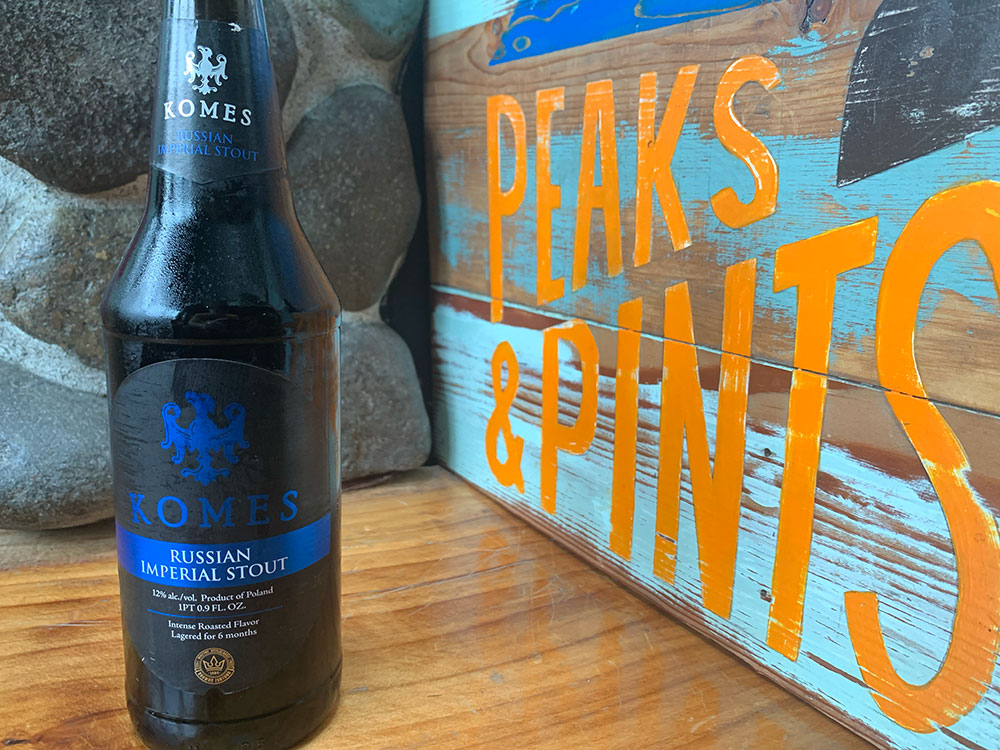 Komes Russian Imperial Stout
Komes Russian Imperial Stout
12% ABV
Unlike countries such as Germany or England, where you can find breweries in pretty much every town and city, Polish beer tends to come from just a small group of breweries, including Browar Fortuna, which was built in 1889 at the behest of the town leadership of Miloslaw. The steam powered brewery was technologically advanced as any brewery in the world at that time. During World War II, the Nazis seized the brewery until the Soviets drove them out 6 years later. The brewery would fall further into decline when it was nationalized by the communists in 1950. In 1995, Browar Fortuna was returned to the family it had been seized from in 1939. Within two years it began producing beer again. In 2011, a group of investors bought the brewery, transformed it into a modern brewery and began brewing traditional Polish beers and other beer specialties. Browar Fortuna’s Komes Russian Imperial Stout is a strong and intensive ale brewed with Ukrainian hop varieties Klon and Slovianka. It hits the nose with roasted malt and some tannins. Like most Russian imperial stouts, you’ll detect notes reminiscent of coffee and dark chocolate, this one with sugar added.
LINK: Peaks & Pints beer and cider cooler inventory
